On the afternoon of May 27, the Government submitted to the National Assembly the draft Law on Railways (amended), focusing on five important innovation issues, creating a legal corridor for railway development.
Increase connectivity, prioritize localization
Authorized by the Prime Minister, Minister of Construction Tran Hong Minh presented 5 important amendments and supplements to create a legal corridor for railway development, including: Investment in developing railway infrastructure; management and exploitation of railway infrastructure; railway transport activities; connecting transport modes; development of railway industry and human resources.
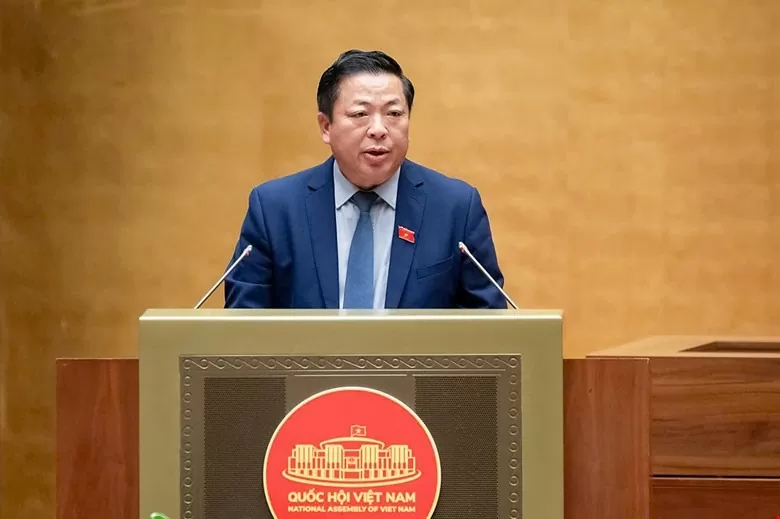 |
| Minister of Construction Tran Hong Minh. Photo: Office of the National Assembly |
Notably, the amended Law supplements the provisions on incentives and support (Article 6) to clarify the responsibilities of relevant entities, creating a legal basis for combined works (such as railway and road bridges) that have not been regulated. At the same time, it supplements the provisions on the railway traction power supply system for new electrified lines (amending Clause 2, Article 75, Clause 2, Article 80 of the 2017 Railway Law).
Regarding the management and exploitation of railway infrastructure, the draft Law amends and supplements regulations classifying the Vietnamese railway system into national, local and specialized railways (Article 9), in which urban railways are considered a technical level and belong to local railways. This regulation meets the needs of localities that want to develop conventional railway lines (passenger and freight).
The draft law also adjusts the classification of railway stations, expands commercial services in the station area to reduce logistics costs and increase the competitiveness of Vietnamese goods. In addition, it adds regulations on protection and natural disaster prevention for railway infrastructure to suit reality.
Regarding the connection of transport modes, the draft Law adds a requirement to ensure synchronous and effective connection between railways and other transport modes, especially at airports, seaports, and traffic hubs.
“ Investors of port projects must reserve land, build railways connecting to the national railway network as well as regulate connections between railway lines and other modes of transport to promote the strengths of railways in transporting large volumes of goods and passengers over medium and long distances, ” said Minister Tran Hong Minh.
Regarding railway industry and human resources development, the draft adds regulations on prioritizing investment in high-tech railway industrial products. Requires international contractors to transfer technology and train Vietnamese human resources; prioritizes the use of domestic products and services to develop the railway industry. Adds a list of railway industrial goods and services, criteria for selecting participating enterprises, as well as policies to support research and technology application.
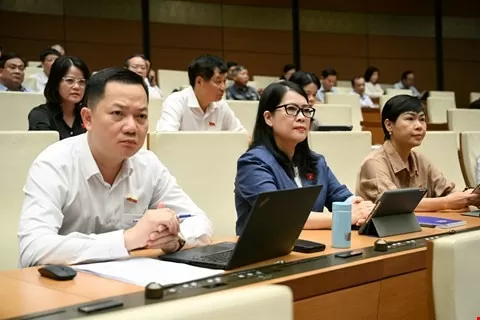 |
| The National Assembly held a plenary session in the hall on May 27. Photo: VPQH |
In addition, the draft Law amends and supplements the policy on training and developing railway human resources, allowing organizations performing scientific and technological tasks to enjoy investment incentives and receive support from the state budget. This contributes to improving the capacity for autonomy in railway management, operation and exploitation, in accordance with Resolution 57-NQ/TW of the Politburo on developing science, technology and innovation.
Clarifying the impact of the draft Law
Reporting on the review of the draft law, Chairman of the National Assembly's Committee on Science, Technology and Environment Le Quang Huy said that the review agency agreed with the need to comprehensively amend the Railway Law.
However, to ensure the highest quality of the draft Law, the reviewing agency recommends that the drafting agency clarify the impact of the draft Law on the arrangement and streamlining of the state apparatus; the ability to promote GDP growth (8% in 2025, double-digit growth in the period 2026-2030). Strengthen public-private partnership (PPP), attract the private economic sector; promote the development of infrastructure, science, technology, innovation and digital transformation in the railway sector, in line with the spirit of the Party's resolutions and conclusions.
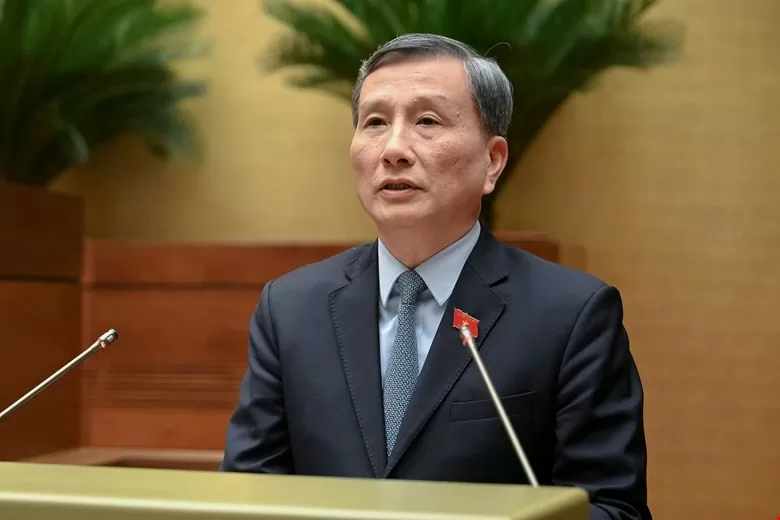 |
| Chairman of the National Assembly's Committee on Science, Technology and Environment Le Quang Huy. Photo: VPQH |
In particular, regarding the development of railway industry and railway vehicles (Chapter III, Articles 27-34), Mr. Le Quang Huy requested the drafting agency to study, supplement and clarify a number of principles: Encourage localization and development of supporting industries. Technological innovation and technology transfer to improve production and operation capacity; ensure safety, efficiency and environmental protection in all stages. Train and develop high-quality human resources, promote research and development (R&D) and cooperation between institutes, schools and enterprises in research and testing; investment incentives, credit and technology development.
Regarding the requirement for railway industry development (Article 28), the Committee finds it necessary to ensure that the development of the railway industry is consistent with the plan for infrastructure development, transport services and environmental protection.
“ However, the draft does not have specific regulations on the development of supporting industries for the railway industry (such as construction materials, digital technology, monitoring systems, etc.). Therefore, it is necessary to study and supplement this regulation so that the railway industry can develop sustainably, in line with new technological trends, ” said Mr. Le Quang Huy.
At the same time, the appraisal agency proposed to consider the provision in Clause 5, Article 28 on "priority for using domestic products" because it may conflict with Article 11 of the 2020 Investment Law on ensuring investment and business activities.
In addition, regarding research, application of science and technology, technology transfer and human resource training (Article 30), the auditing agency also proposed to clarify the development of digital technologies (AI, big data, Internet of Things) in the railway industry to optimize operations, maintenance and traffic control; require mandatory transfer of all or part of technology to foreign partners when purchasing, along with a handling mechanism if the contractor fails to comply.
“ The committee also proposed establishing a specialized research center in cooperation with research institutes and universities ,” Mr. Huy emphasized.
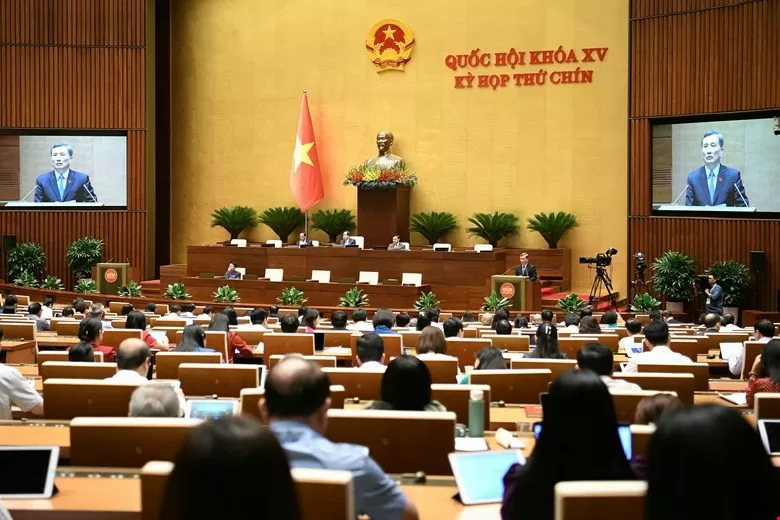 |
| Overview of the meeting on the afternoon of May 27. Photo: QH |
Regarding the rights and obligations of railway infrastructure business (Article 50), the Committee on Science, Technology and Environment is concerned that regulations allowing enterprises to use State-invested railway infrastructure may cause a lack of transparency in the division of responsibilities.
Therefore, it is recommended to clearly stipulate in the law the responsibility and supervision mechanism of the State, especially for maintenance, safety, and publication of train schedules... At the same time, add the requirement to publicize technical information and exploitation capacity to improve transparency and responsibility of the parties...
The draft Law on Railways (amended) has been rearranged, restructured and reduced by 03 Chapters and 20 Articles. Accordingly, the draft Law on Railways (amended) currently consists of 07 Chapters and 67 Articles. The Draft Law is restructured in a way that regulations on urban railways and high-speed railways are not put into separate chapters but are regulated together with other types of railways to ensure logic and reasonableness for policy implementation. |
Source: https://congthuong.vn/uu-tien-san-pham-viet-cho-phat-trien-cong-nghiep-duong-sat-389556.html


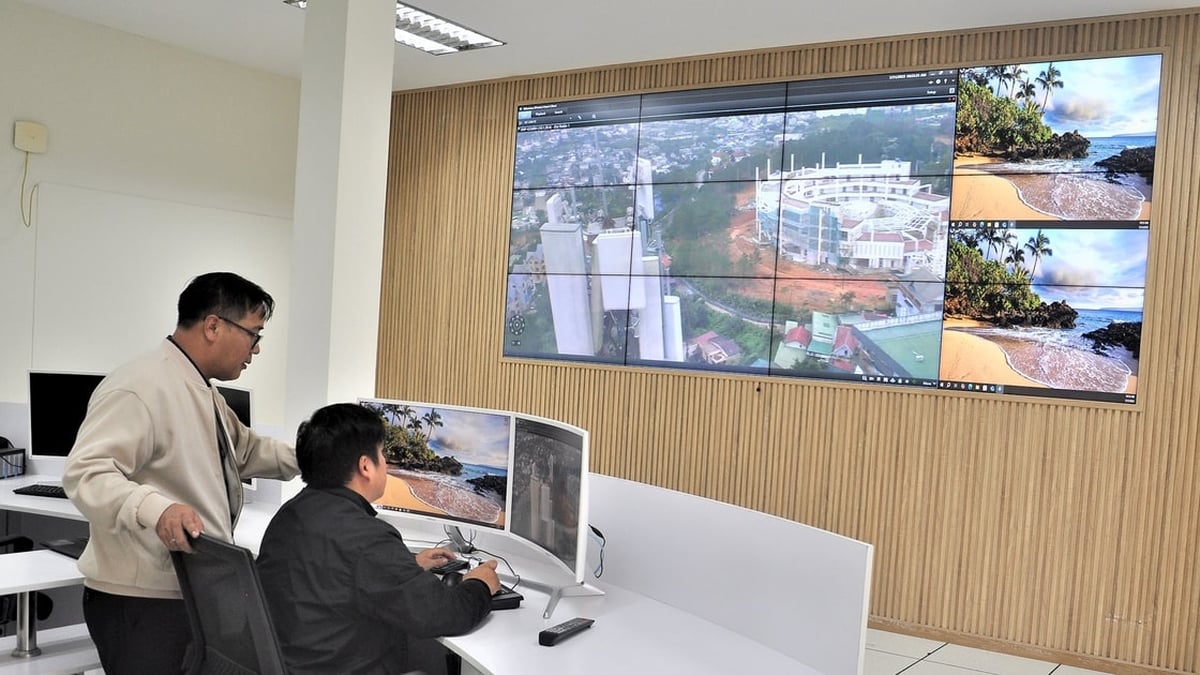
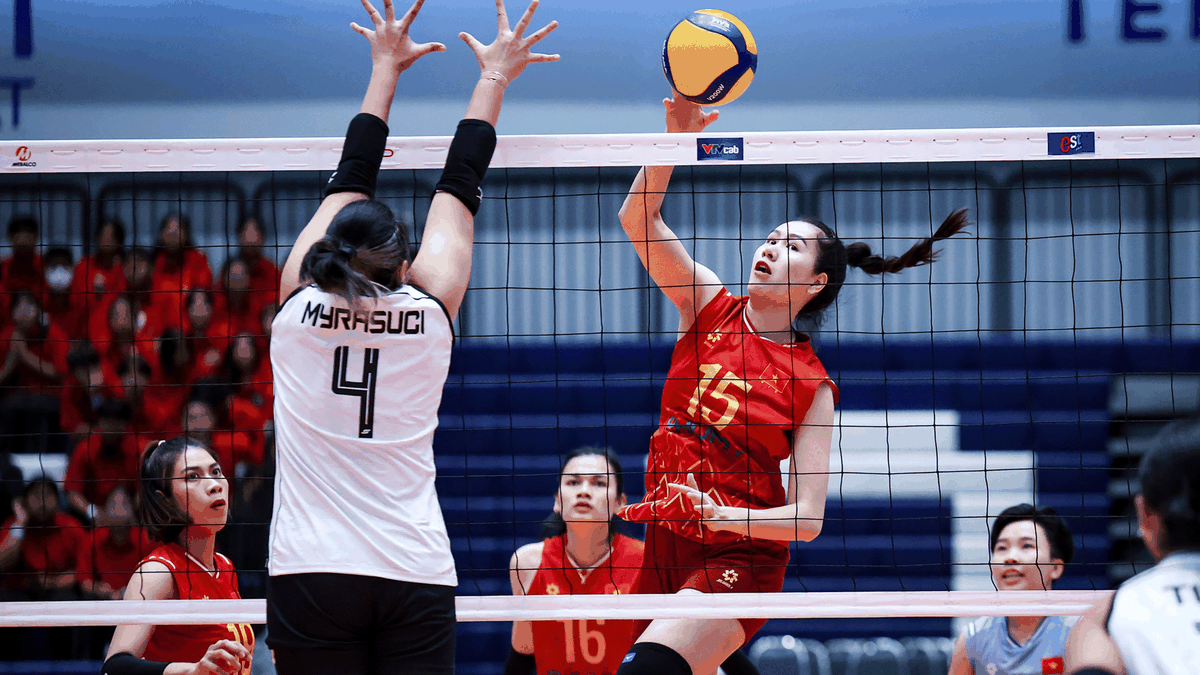
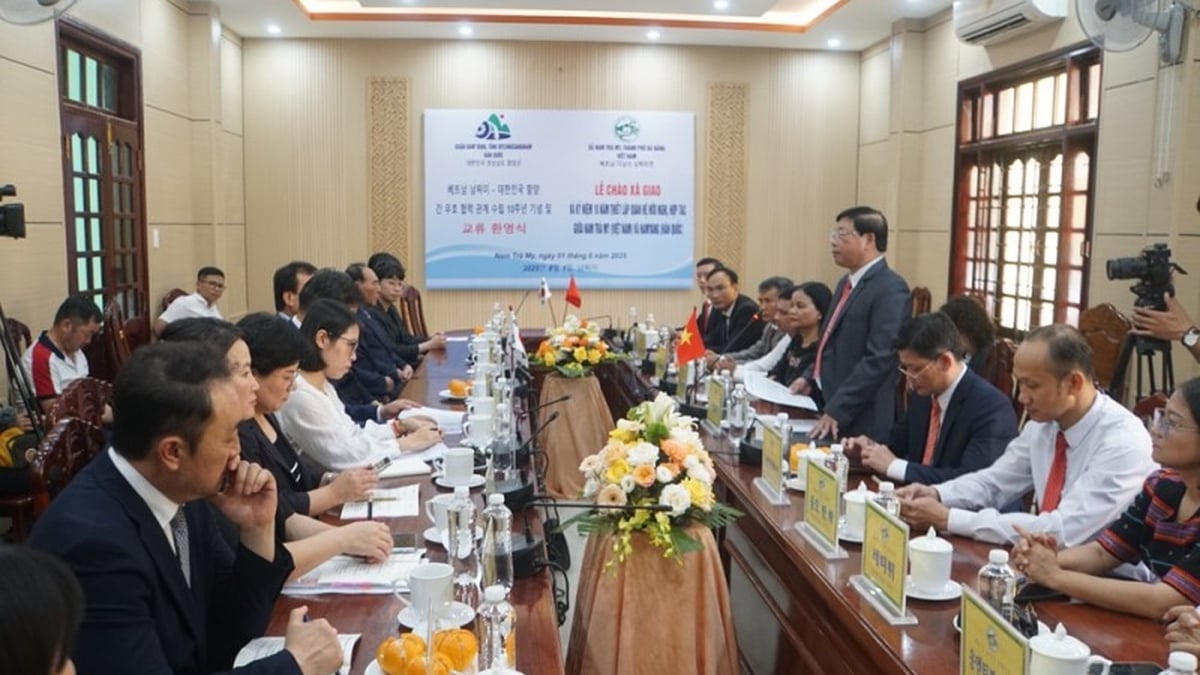
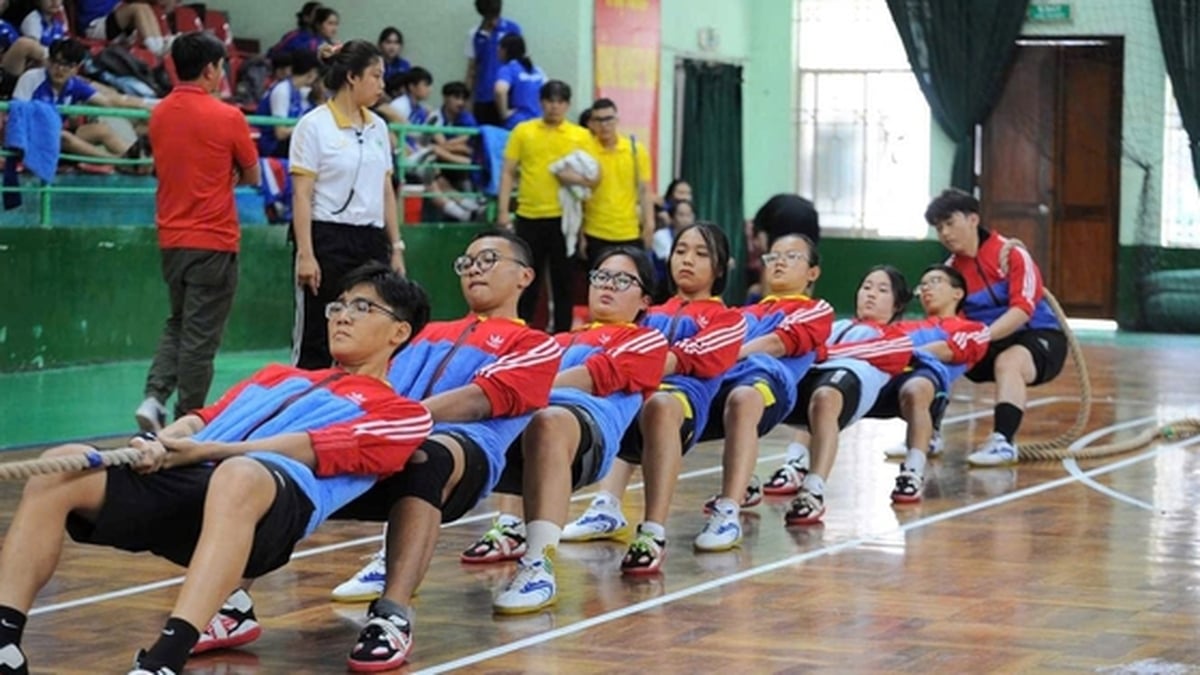
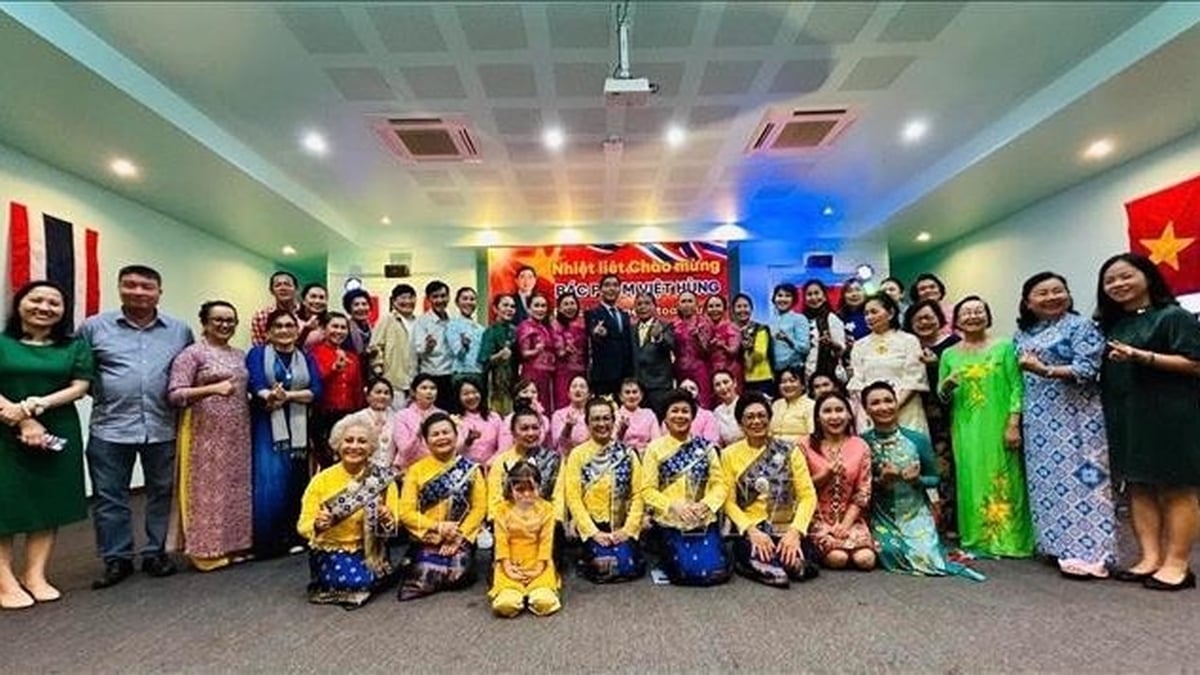
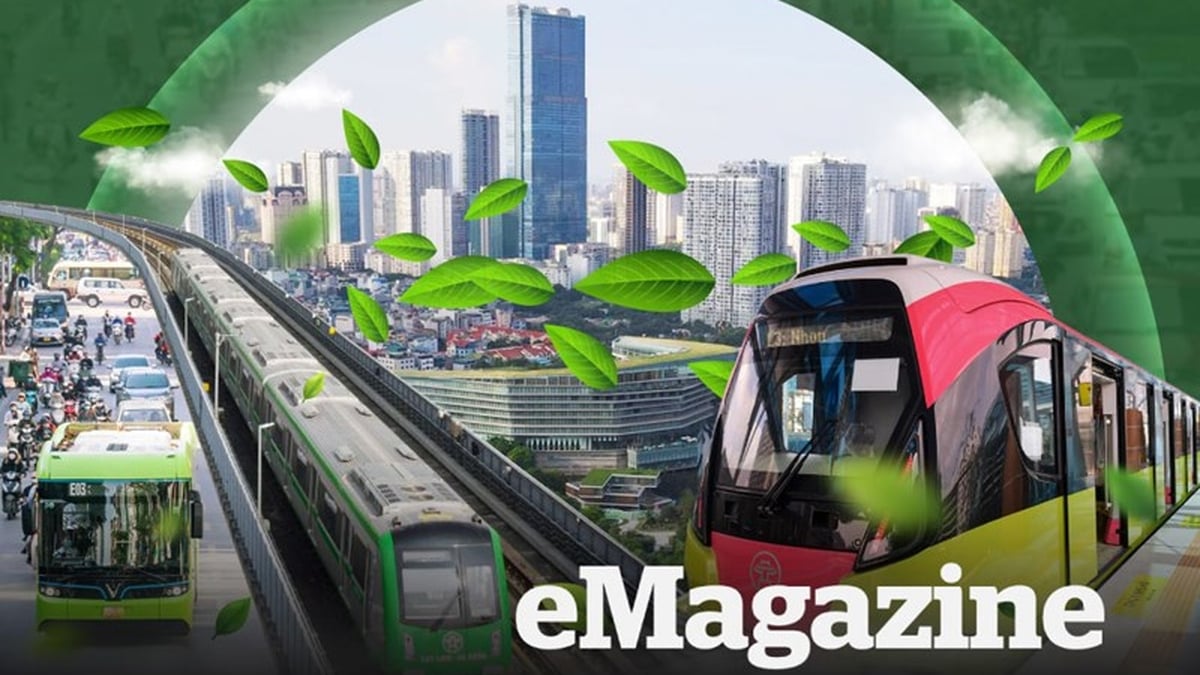

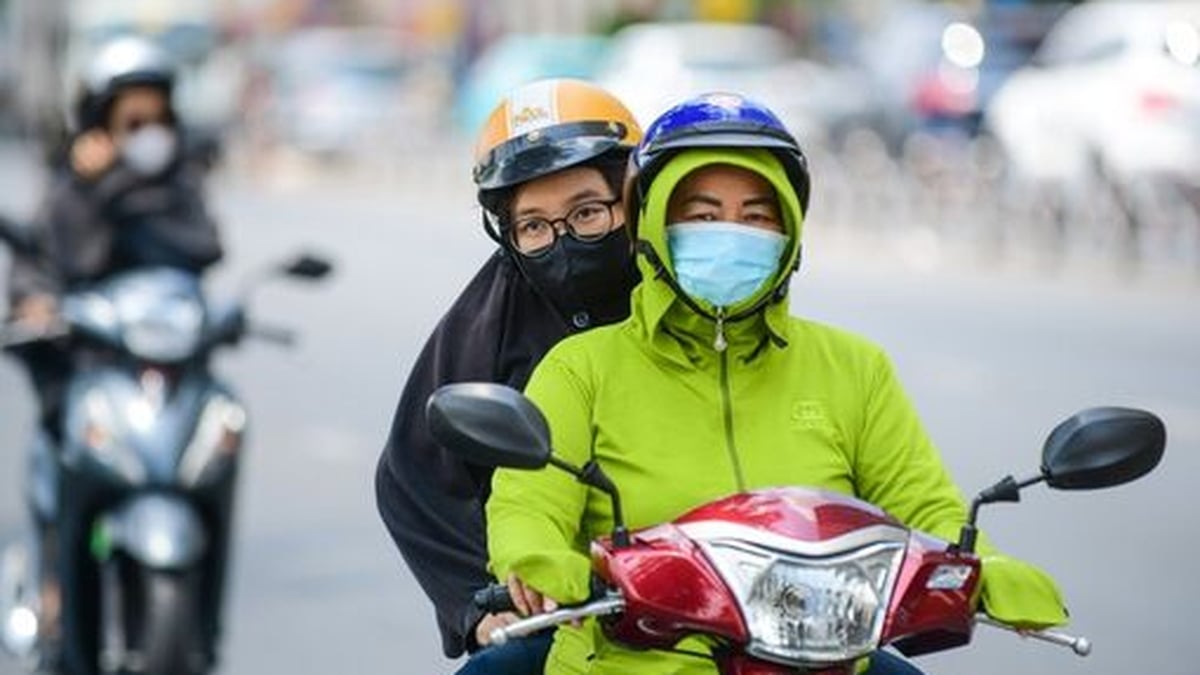

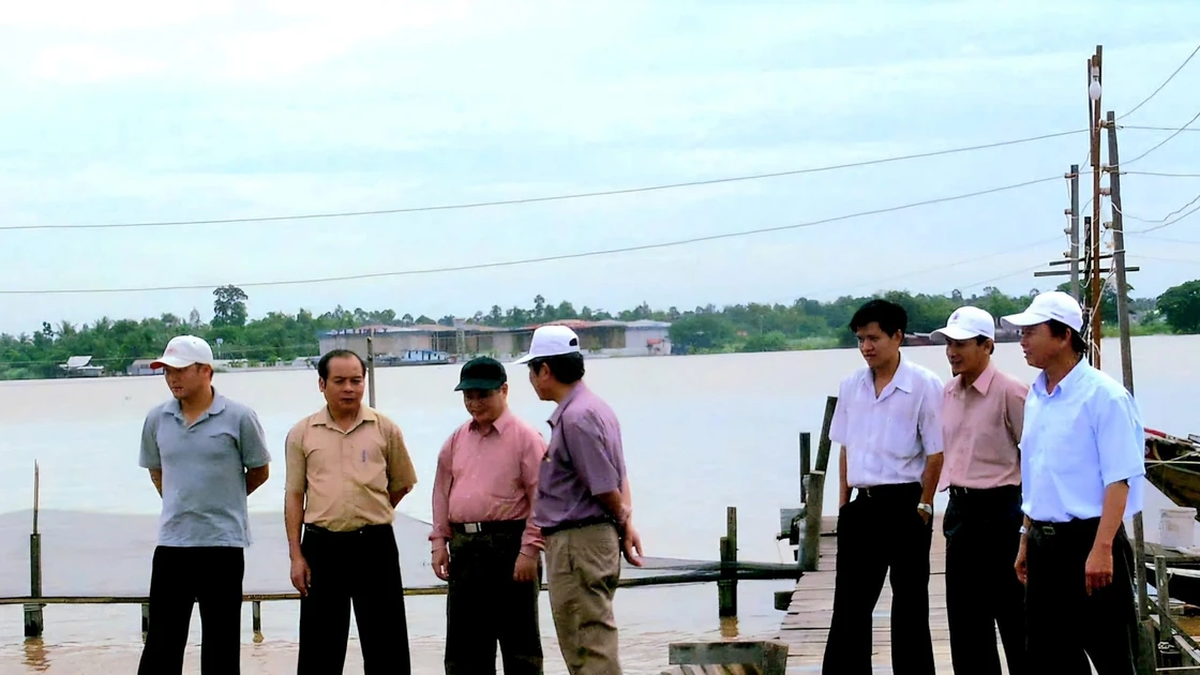



















































































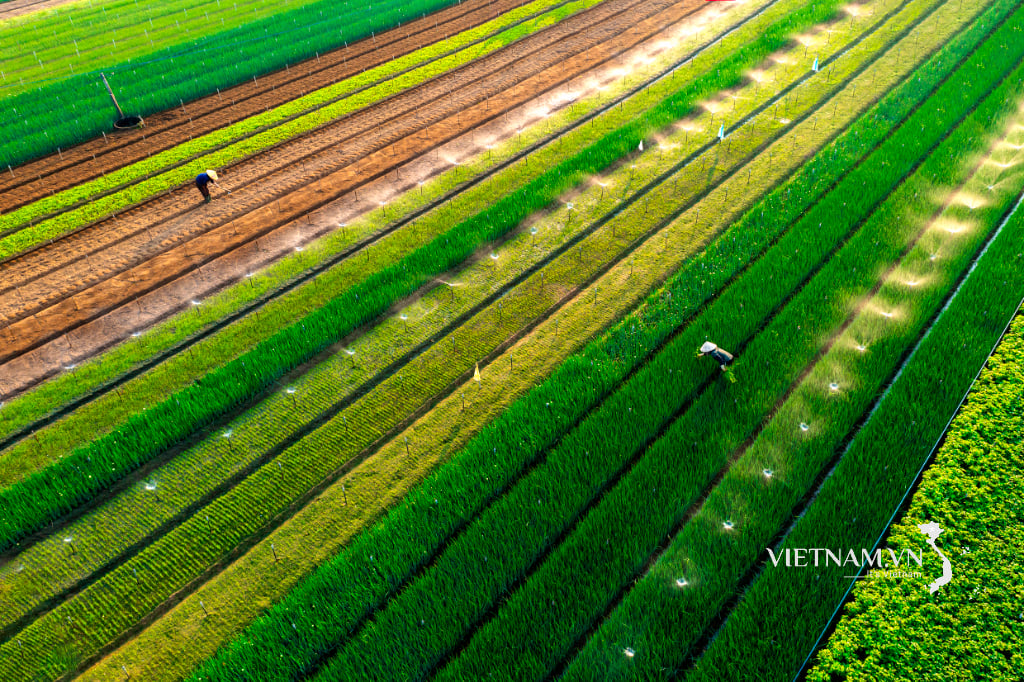
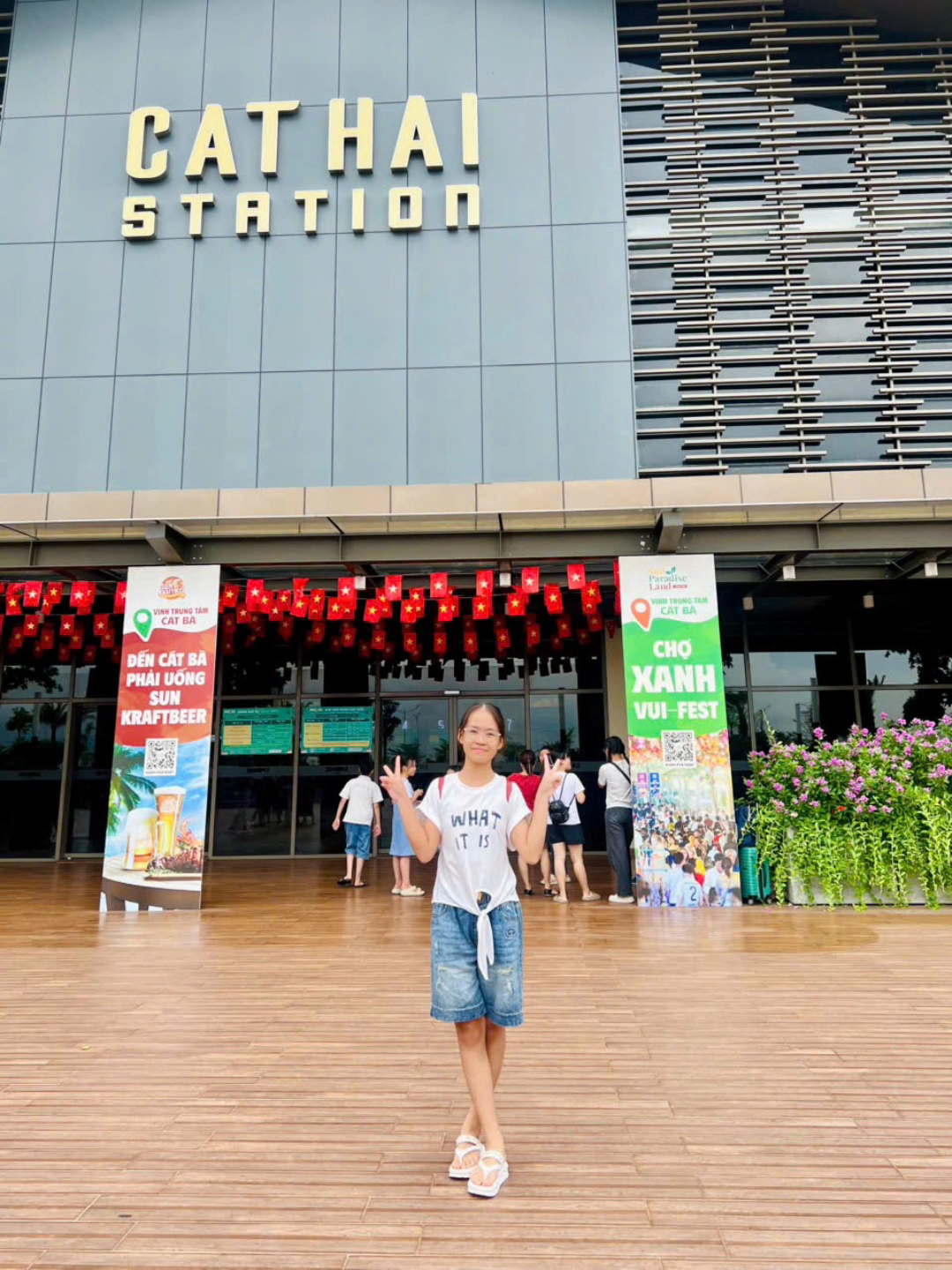
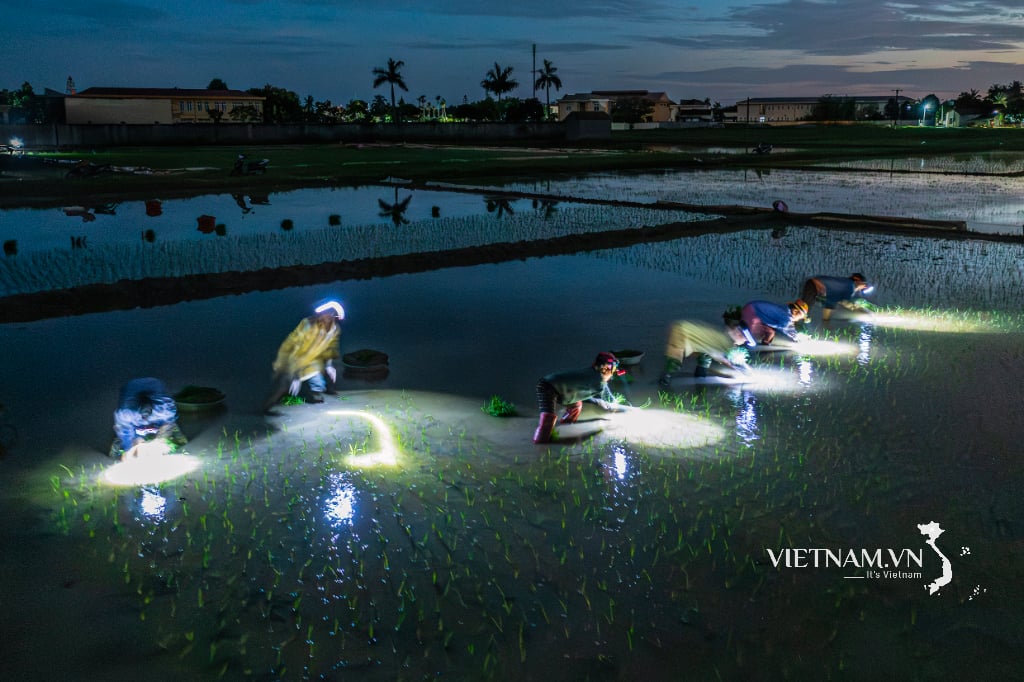

Comment (0)